R1011
Monoclonal Anti-Rat IgG2b antibody produced in mouse
clone R2B-8, ascites fluid
Synonym(s):
Monoclonal Anti-Rat IgG2b
About This Item
Recommended Products
biological source
mouse
conjugate
unconjugated
antibody form
ascites fluid
antibody product type
secondary antibodies
clone
R2B-8, monoclonal
contains
15 mM sodium azide
technique(s)
capture ELISA: suitable
dot blot: suitable
immunocytochemistry: suitable
indirect ELISA: 1:1,000
western blot: suitable
shipped in
dry ice
storage temp.
−20°C
Looking for similar products? Visit Product Comparison Guide
General description
Monoclonal Anti-Rat IgG2b antibody is specific for an epitope on the heavy chain of rat IgG2b derived from normal serum or myeloma proteins. The product detects the denatured-reduced heavy chain of rat IgG2b (γ2b) and does not react with other rat antibodies. The antibody weakly associates with guinea pig immunoglobulins, but does not bind to IgGs and serum preparations derived from bovine, cat, chicken, dog, goat, horse, human, mouse, pig, rabbit, and sheep.
Immunogen
Application
Disclaimer
Not finding the right product?
Try our Product Selector Tool.
Storage Class Code
12 - Non Combustible Liquids
WGK
nwg
Flash Point(F)
Not applicable
Flash Point(C)
Not applicable
Regulatory Information
Choose from one of the most recent versions:
Certificates of Analysis (COA)
Don't see the Right Version?
If you require a particular version, you can look up a specific certificate by the Lot or Batch number.
Already Own This Product?
Find documentation for the products that you have recently purchased in the Document Library.
Our team of scientists has experience in all areas of research including Life Science, Material Science, Chemical Synthesis, Chromatography, Analytical and many others.
Contact Technical Service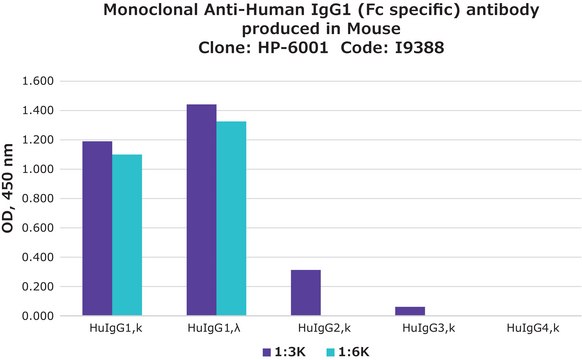
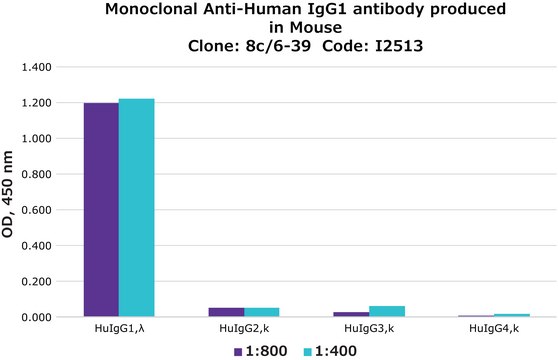
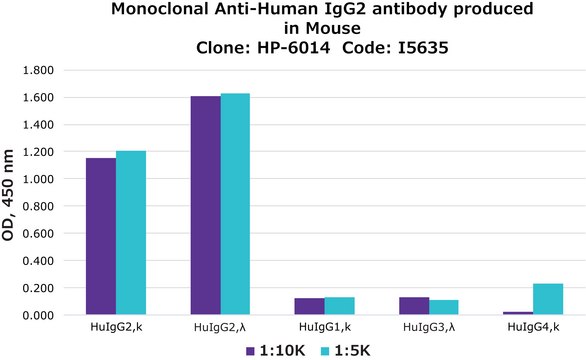
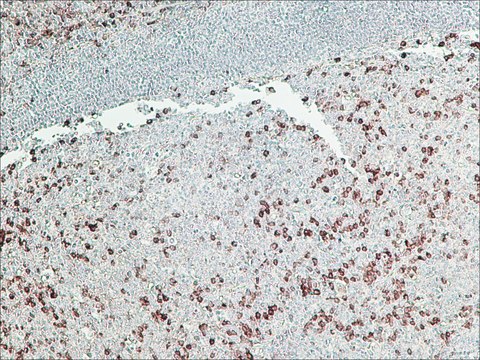
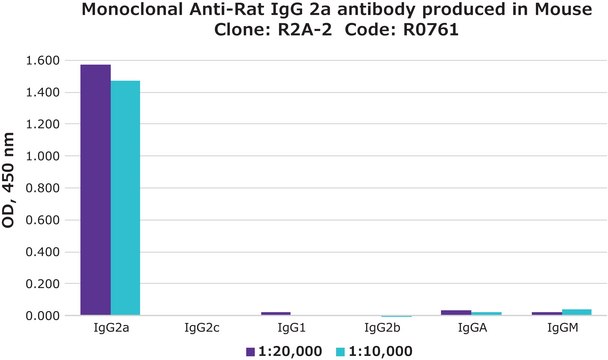
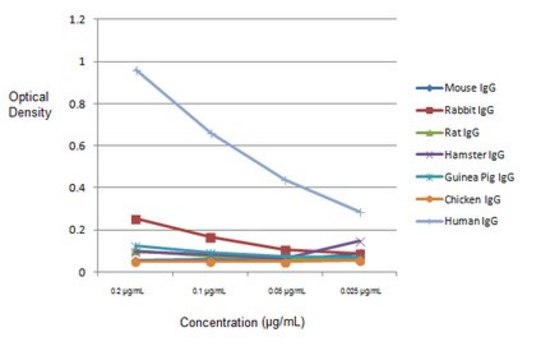
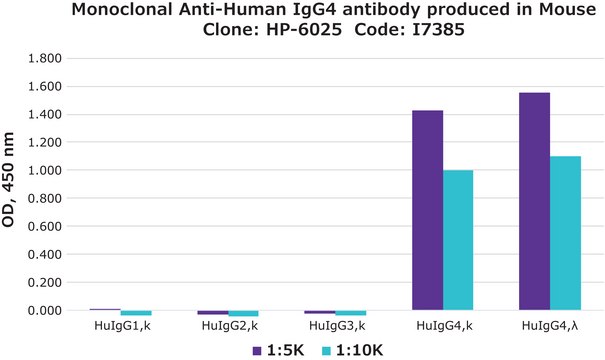
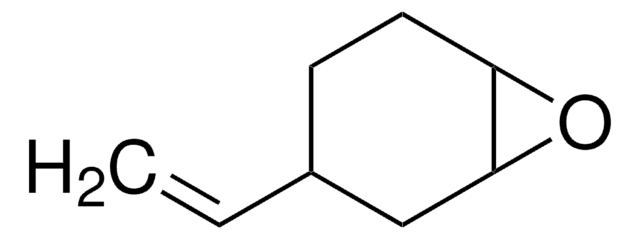
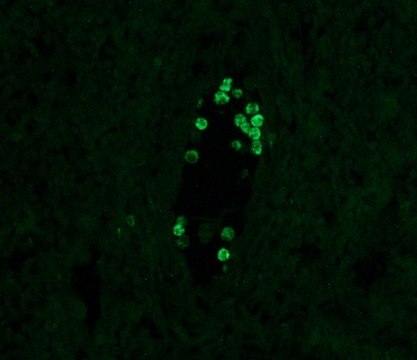
![Monoclonal Anti-Human IgG1 (Fab specific) [G1m(f)] antibody produced in mouse clone SG-16, ascites fluid](/deepweb/assets/sigmaaldrich/product/images/245/879/4f218cfe-aa20-409d-9449-056eba5e3d7b/640/4f218cfe-aa20-409d-9449-056eba5e3d7b.jpg)